
AeroGenie — あなたのインテリジェントな副操縦士。
現在のトレンド
Categories
Air Karachi Considers Leasing C919 Aircraft for Launch
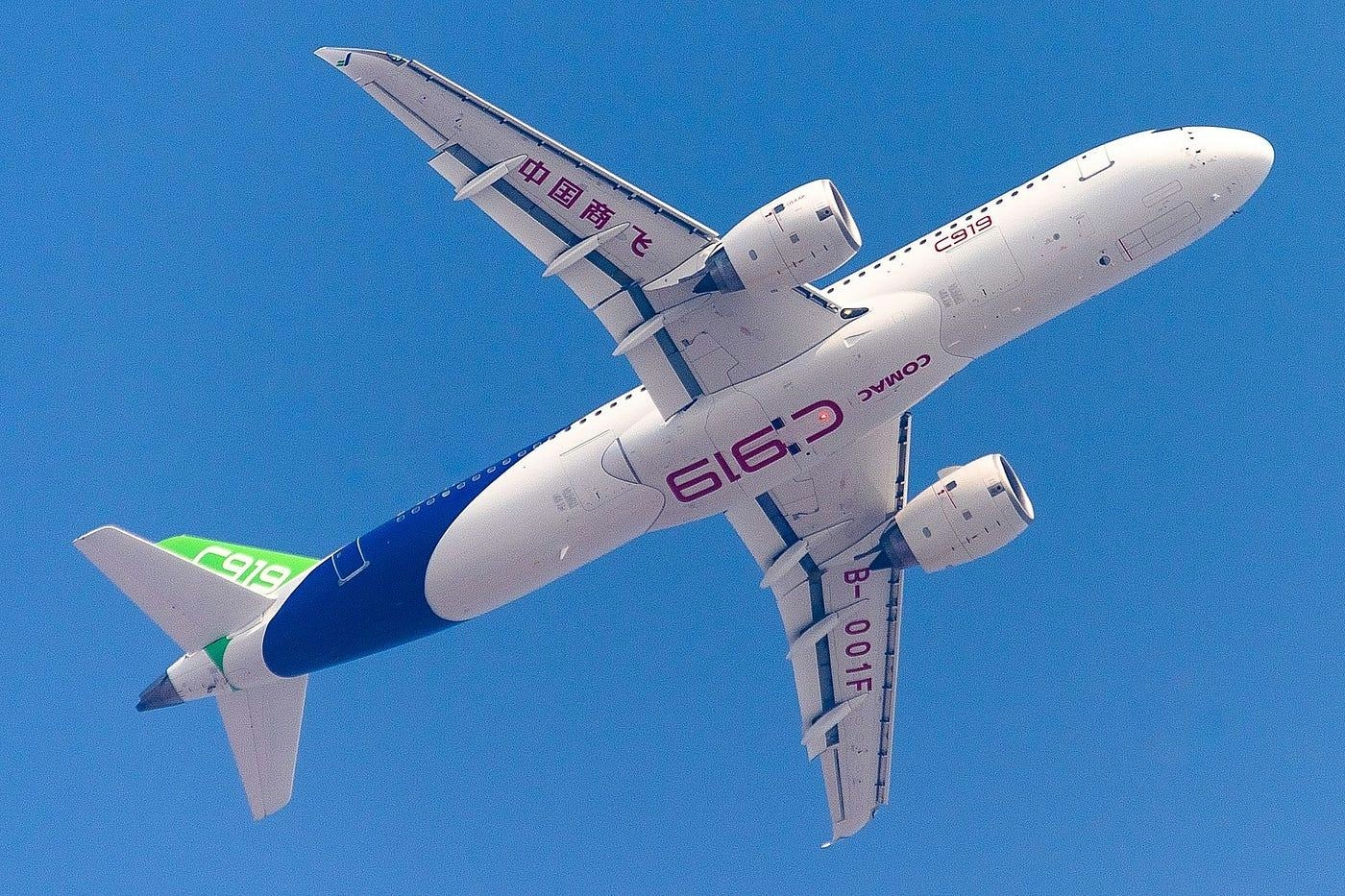
Air Karachi Explores Leasing COMAC C919 Jets for Domestic Operations
Air Karachi is actively considering the lease of up to three COMAC C919 aircraft as it prepares to launch domestic flight services. The airline aims to capitalize on the Chinese-built narrowbody’s comparatively lower acquisition and operating costs. Chairman Hanif Gohar highlighted that the C919’s price is nearly half that of similar Airbus and Boeing models, a factor that could enable the start-up to offer airfares up to 40% below current market rates. “Lower leasing costs would allow us to pass significant savings on to customers,” Gohar stated, underscoring the potential competitive advantage.
Regulatory and Operational Considerations
The Pakistan Civil Aviation Authority (PCAA) has confirmed that there are no regulatory impediments to operating Chinese aircraft within Pakistan. However, the C919 currently holds certification only in mainland China and Hong Kong, which may limit operational flexibility and complicate future international expansion plans. To address initial operational challenges, Air Karachi intends to employ Chinese pilots to operate the aircraft while Pakistani crews undergo training. The airline is also in the process of importing flight simulators and spare engines to support the new fleet.
Despite these preparations, Air Karachi faces significant hurdles in integrating the relatively new C919 into its operations. Securing full regulatory approvals, ensuring compatibility with existing aviation infrastructure, and managing the financial risks associated with leasing an aircraft with limited international service history remain pressing concerns. The market has exhibited a degree of skepticism, particularly among investors cautious about the C919’s unproven track record outside China. Established competitors are expected to closely observe Air Karachi’s progress, potentially adjusting their own strategies in response to the new entrant’s market impact.
Funding and Future Prospects
While Air Karachi has yet to obtain its air operator’s certificate (AOC), the PCAA has granted the airline a regular passenger transport (RPT) licence, allowing it to continue preparations for launch. The start-up is a joint venture led by prominent local business figures, including Atif Ikram Sheikh, president of the Federation of Pakistan Chambers of Commerce and Industry. Investors have committed PKR5 billion (approximately USD18 million) in seed funding, with plans to secure additional financing as the airline advances.
The carrier intends to commence operations with three leased aircraft on domestic routes, with aspirations for eventual international expansion. Although Air Karachi has not disclosed specific details regarding the number of aircraft to be leased or a definitive launch timeline, the company remains focused on overcoming operational and regulatory challenges to establish a competitive presence in Pakistan’s evolving aviation sector.

Europe Advances Aviation Sustainability Through SAF Mandates and Innovation

Lufthansa's Fleet Plans for 2025
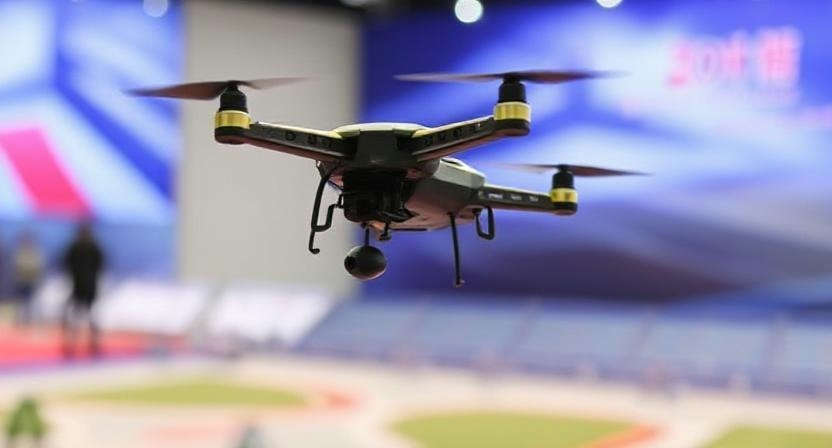
Fifteenth National Games Model Aviation Finals in Longhua Showcase Drone Sports and Innovation
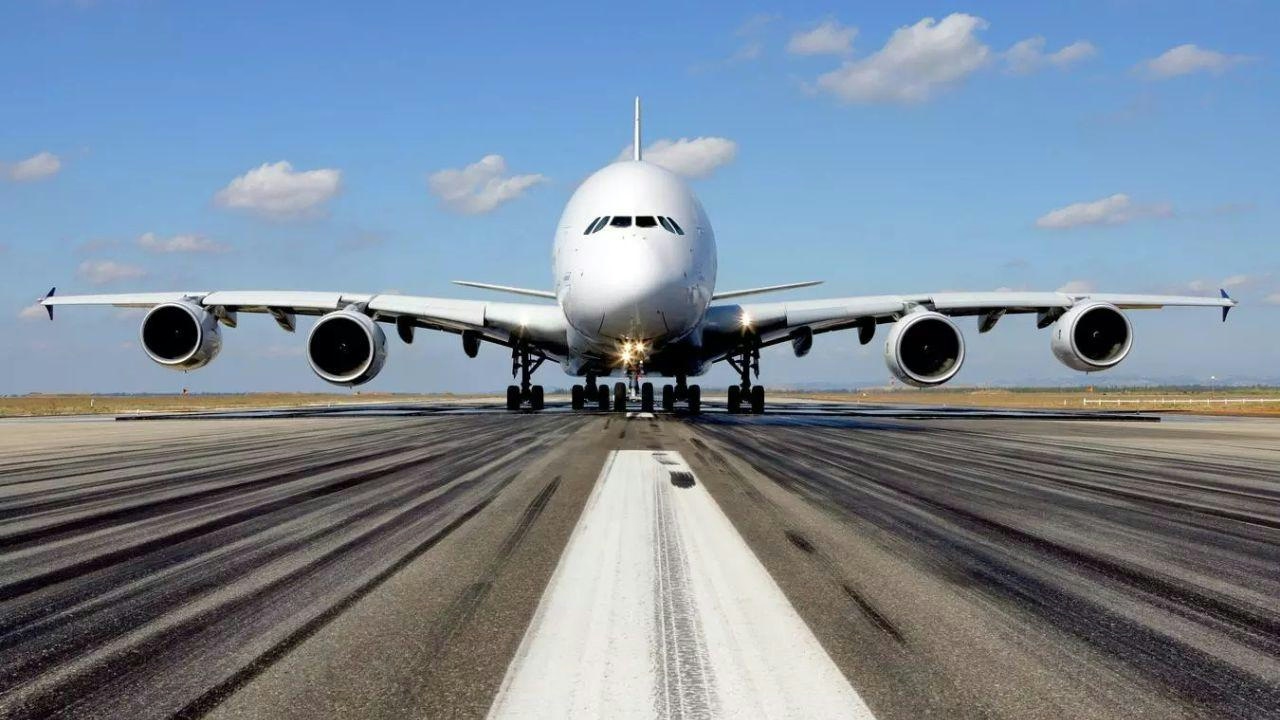
Brazilian Woman Becomes First Female Captain of Airbus A380
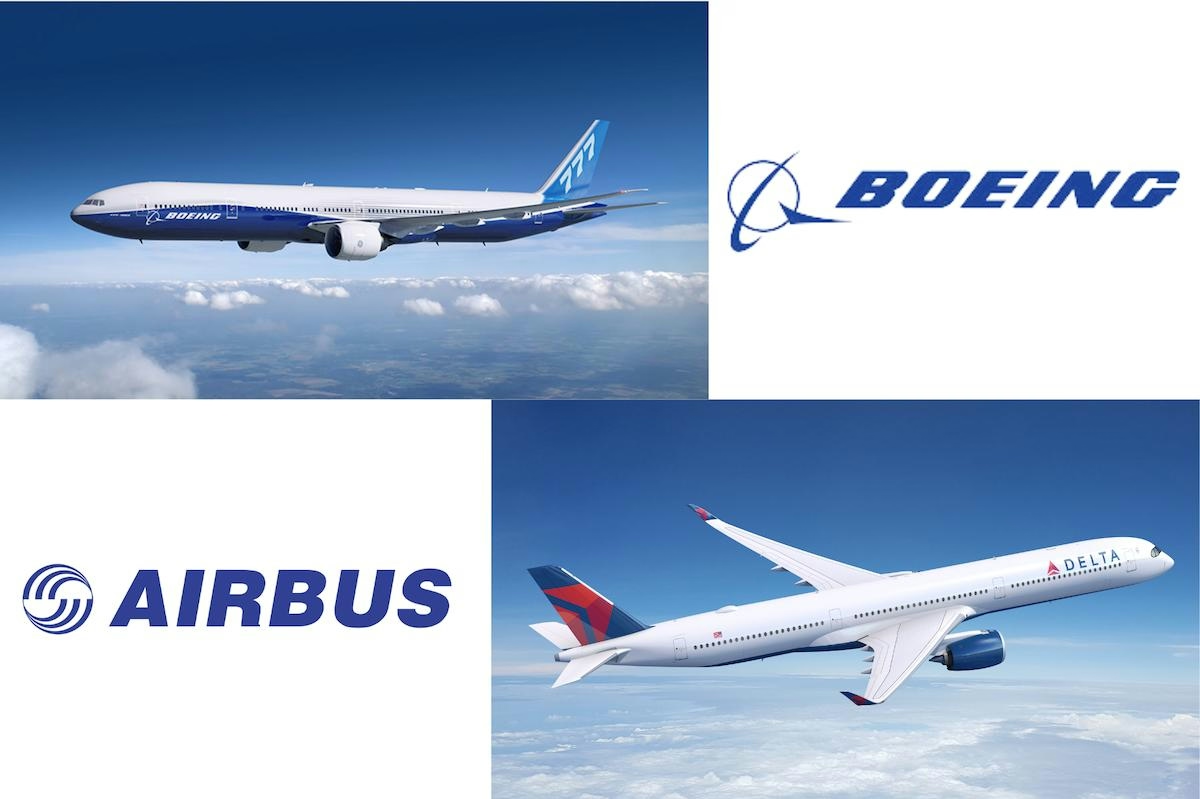
Airbus and Boeing: Comparing Their Global Reach

Vietjet Orders 100 Airbus A321neo Jets, Strengthening UK-Vietnam Strategic Partnership
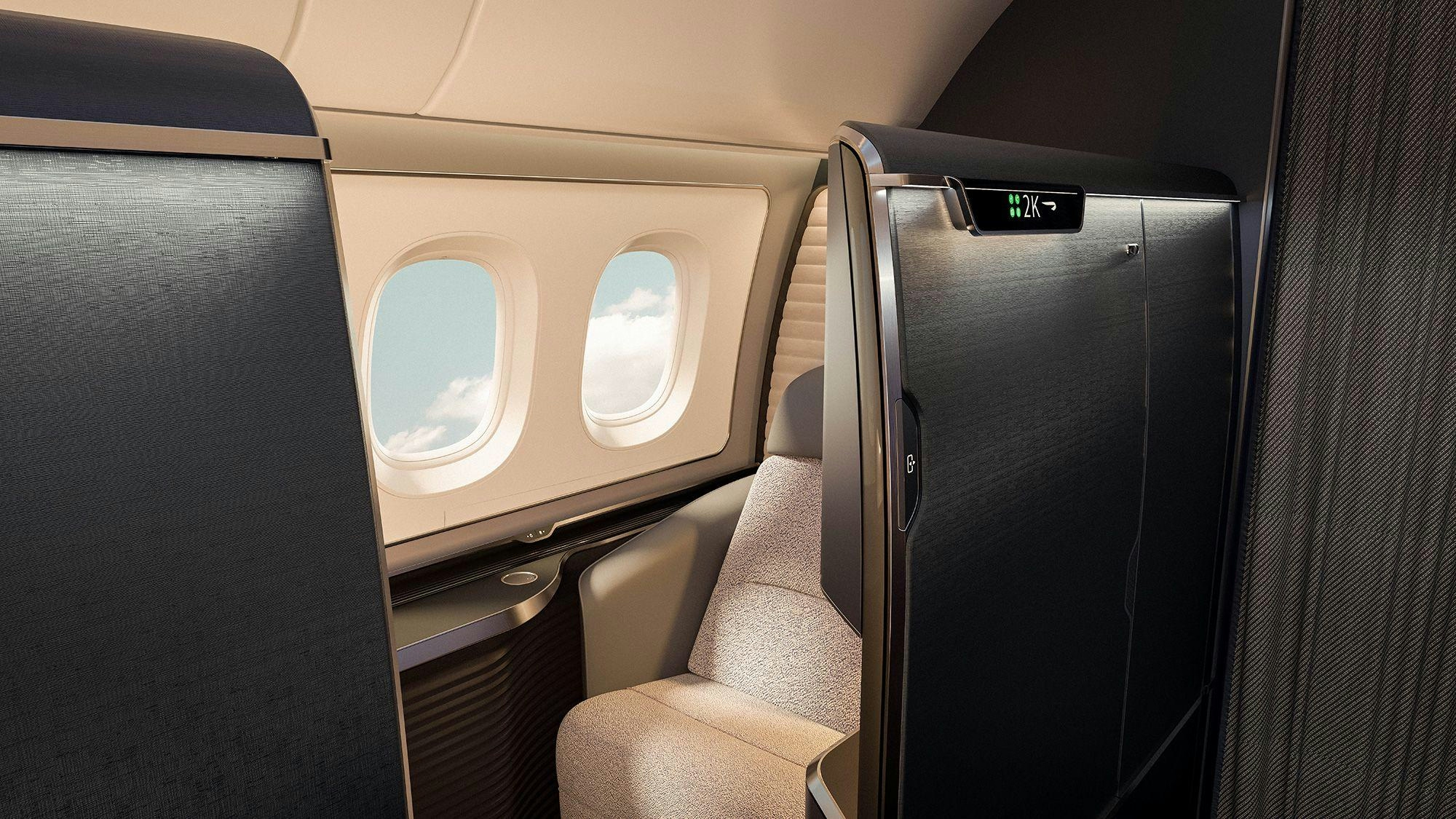
The Aircraft Set to Replace the Iconic Superjumbo

Delta Air Lines Introduces AI-Powered Concierge Service
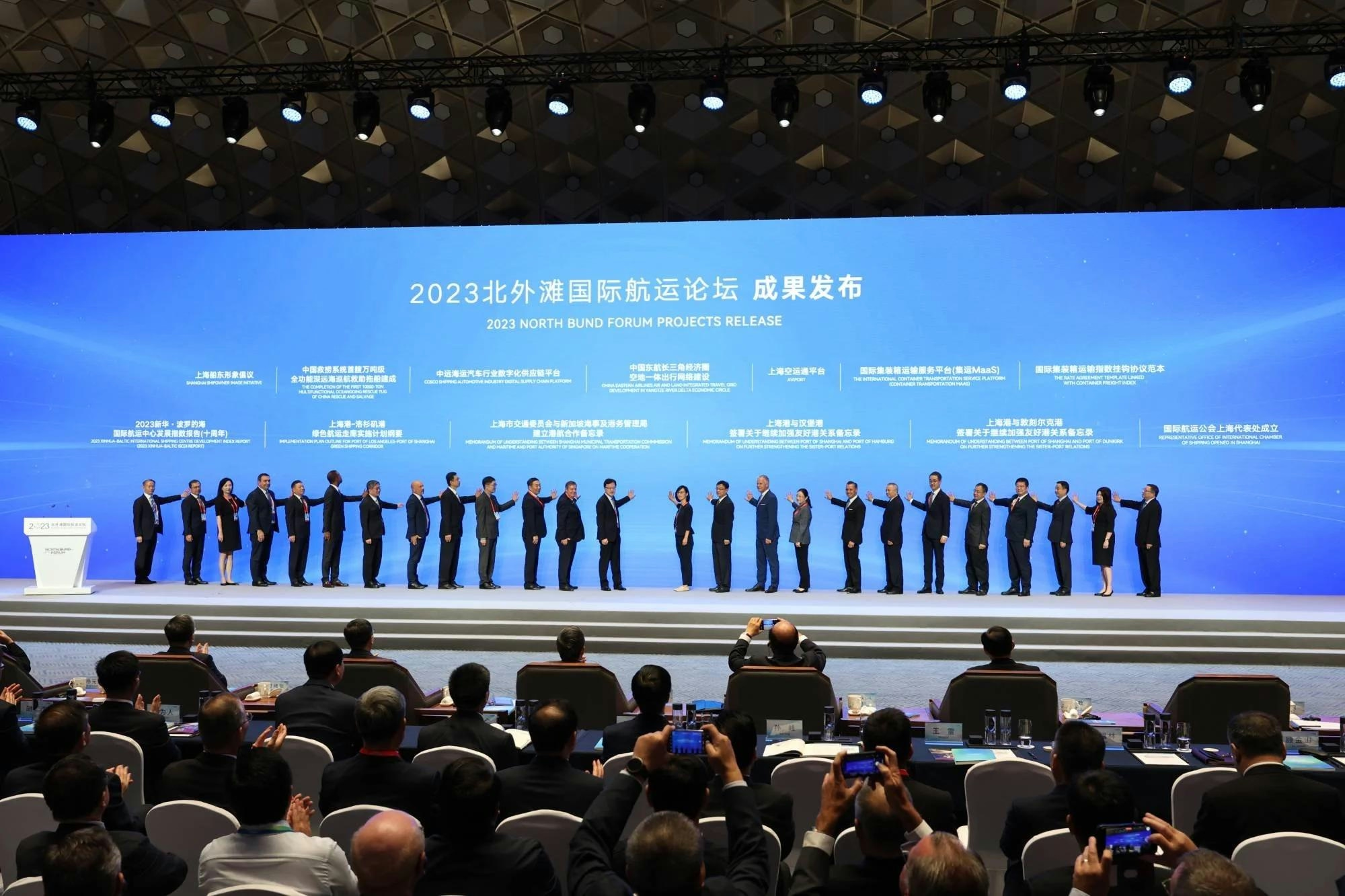
Shanghai to Host 2025 North Bund International Aviation Forum
